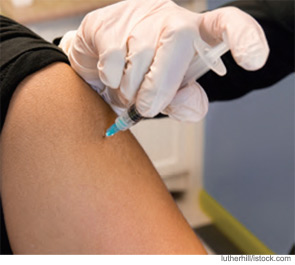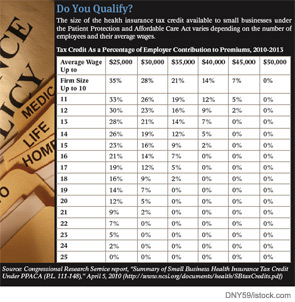Optimism is growing that a new HPV vaccine will drastically decrease the number of cases of pediatric recurrent respiratory papillomatosis (RRP), a rare but devastating disease.


Optimism is growing that a new HPV vaccine will drastically decrease the number of cases of pediatric recurrent respiratory papillomatosis (RRP), a rare but devastating disease.

By now, you’re probably well versed in the clinical aspects of the health reform bill signed by President Obama in March. But what you may not know is that the bill includes a section that could benefit otolaryngologists and other physicians in their role as employers.
What is the experience of residents regarding mentorship during their otolaryngology residency? Background: Integral to the educational experience is the relationship between faculty and residents, which is based upon multiple types […]

Are you looking to switch medical practices? Are you in the market to purchase a professional malpractice insurance policy? Are you planning to retire soon? If you answered ‘yes’ to any of these questions, you will likely confront the concept of “tail” insurance.
Since the advent of the cochlear implant more than 20 years ago, the devices have benefited thousands of patients. According to the U.S. Food and Drug Administration, as of April 2009, approximately 188,000 people worldwide have received cochlear implants. In the U.S., about 42,000 adults and 26,000 children have received them. Today, the fantasy of two implanted artificial cochlea is a reality.
Triological Society members should constantly be assessing their contributions to their profession and working to create meaningful legacies in line with the group’s traditions, said Society President Frank E. Lucente, MD, in his presidential address at the Annual Meeting of the society, part of the Combined Otolaryngology Spring Meetings held here April 28-May 2.
I have been a strong advocate of electronic medical records (EMRs) for almost a decade. In fact, I used the phrases “It is the silver bullet for health care reform infrastructure” and “It is the cornerstone for health care reform infrastructure” to describe EMR plans when President Obama was campaigning. However, technology, like fire, can warm your house or burn it down, cook your food or kill you. Likewise, the wrong EMR will escalate inefficiency and raise health care costs. The wrong mandates or the wrong incentives have the potential to paralyze the day-to-day practice of medicine.

The federal government’s proposed rule establishing incentive payments for physicians who “meaningfully use” electronic health records (EHRs) is too onerous and would discourage physicians from participating, some otolaryngologists say.


This issue of ENT Today includes an article on the debate over canal-wall-up (CWU) versus canal-wall-down (CWD) tympanomastoidectomy (p. 5). I remember hearing the same arguments when I was a resident at UCLA, which was also the last time I drilled a mastoid bone; my practice focused on head and neck surgery and pediatric otolaryngology. Over the past 32 years, Drs. Bruce Gantz, Rick Chole (two of my otology colleagues on the Board of Otolaryngology), and other otologist friends have suffered through my semi-tongue-in-cheek comments on why otologists can’t agree on which procedure is better. Although the technology used in both procedures has evolved, the final product of the two procedures, a dry, safe ear, is, as best I can tell, the same as it was when I was a resident. I have been told that one of the main factors considered in the decision regarding which procedure to perform is where the otologist trained.